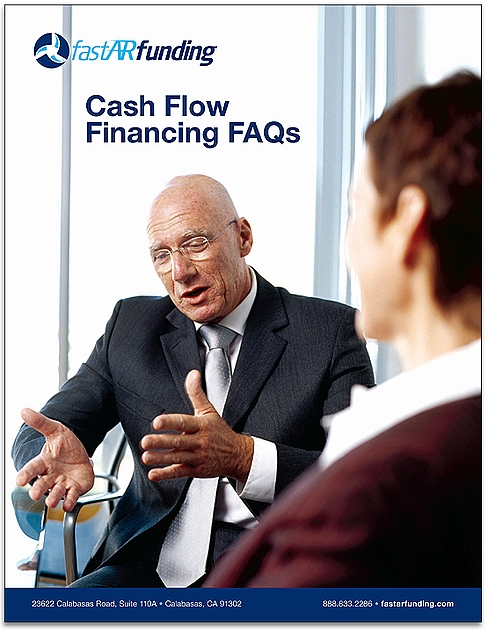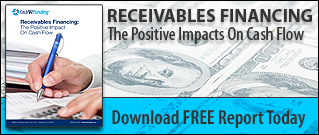Recourse Factoring: 3 Steps for Quick Funding
Factoring accounts receivables provides companies immediate cash for working capital. There are two types of accounts receivable factoring: Recourse Factoring and Non-Recourse Factoring. It is important to understand which form of factoring you plan to use.
Recourse Factoring
In recourse factoring, if your customer does not pay an invoice after a specified amount of time (typically 75 to 90 days), you will be responsible to buy back your invoice from the factoring company. If you submit invoices regularly for factoring, the factoring company will “charge back” the aged invoice and offset it against other credit worthy invoices. If you do not have other invoices by which to offset the invoices, you will be asked to pay the factoring company when the invoice is charged back. Recourse factoring is generally less expensive than non-recourse factoring because the factoring company is not assuming as much risk.
Non-Recourse Factoring
In non-recourse factoring, if your customer does not pay for an invoice due to insolvency, then you do not have to buy back the invoice regardless of the amount of time the invoice has aged out. However, if the invoice is not paid as a result of the dispute by the customer (i.e. product was the wrong color or size), the invoice will be charged back in a similar fashion as in recourse factoring. Due to the additional risk by the factoring company, non-recourse factoring is generally more expense than recourse factoring.
Now that you have a general idea of the two different forms of factoring, here are three steps to help you get quick funding in a recourse factoring deal.
3 Steps for Quick Funding
Below are three simple steps to help you obtain quick funding on your accounts receivable. Remember, in a recourse factoring deal you will be required to buy back invoices that age out past a certain date so it is important to follow these steps to ensure that you understand your outstanding accounts receivable.
1. Review your customers, payment terms and payment history.
When selecting invoices for factoring, it is important to select those customers that are the most credit worthy, have shorter payment terms and strong payment histories. This may seem to conflict with peoples first instinct which is to factor the slowest paying customers, but in reality, by factoring your strongest customers, you will likely reduce your financing costs and reduce the chance of having invoices charged back as the result of slow payments.
2. Contact your customers before you submit invoices for funding.
The first time you submit an invoice for factoring, the factoring company will send out a Notice of Assignment advising your customer that the factor has purchased the invoice and that the customer must remit payment to the factoring company. The customer must acknowledge the Assignment before the factor can fund against the invoice which is not always a quick process, particularly if the customer is not knowledgeable of the factoring process.
Make a brief phone call to your customers and advise them that you will be factoring their invoices. Let them know that they will be receiving the Notice of Assignment and that the payment direction will need to be changed. This typically makes the Assignment process much shorter thus allowing you to receive your funding faster.
3. Have all of the necessary documentation required to factor your invoices.
When you submit an invoice for factoring, you will be required to have specific back up documentation for each invoice before the factoring company will purchase the invoice. Depending on the nature of the invoice (if it is for goods or services), you will likely need a purchase order, bill of lading, packing list, load tickets, etc.
Most importantly, your invoice will need to the have the factoring company’s remittance information printed clearly on your invoice. This is required by most factoring companies to ensure there is not any confusion regarding payment direction when the invoice is paid.
Following these three simple steps will help you to obtain quicker funding against your accounts receivable invoices, lower costs, and reduce the risk of invoices being charged back to you.








